How to Make Easter Lilies
In this episode of Crafting for a Cause, the Mercy Home crafters will show you how to make beautiful origami...
April 7, 2021
April 16, 2020
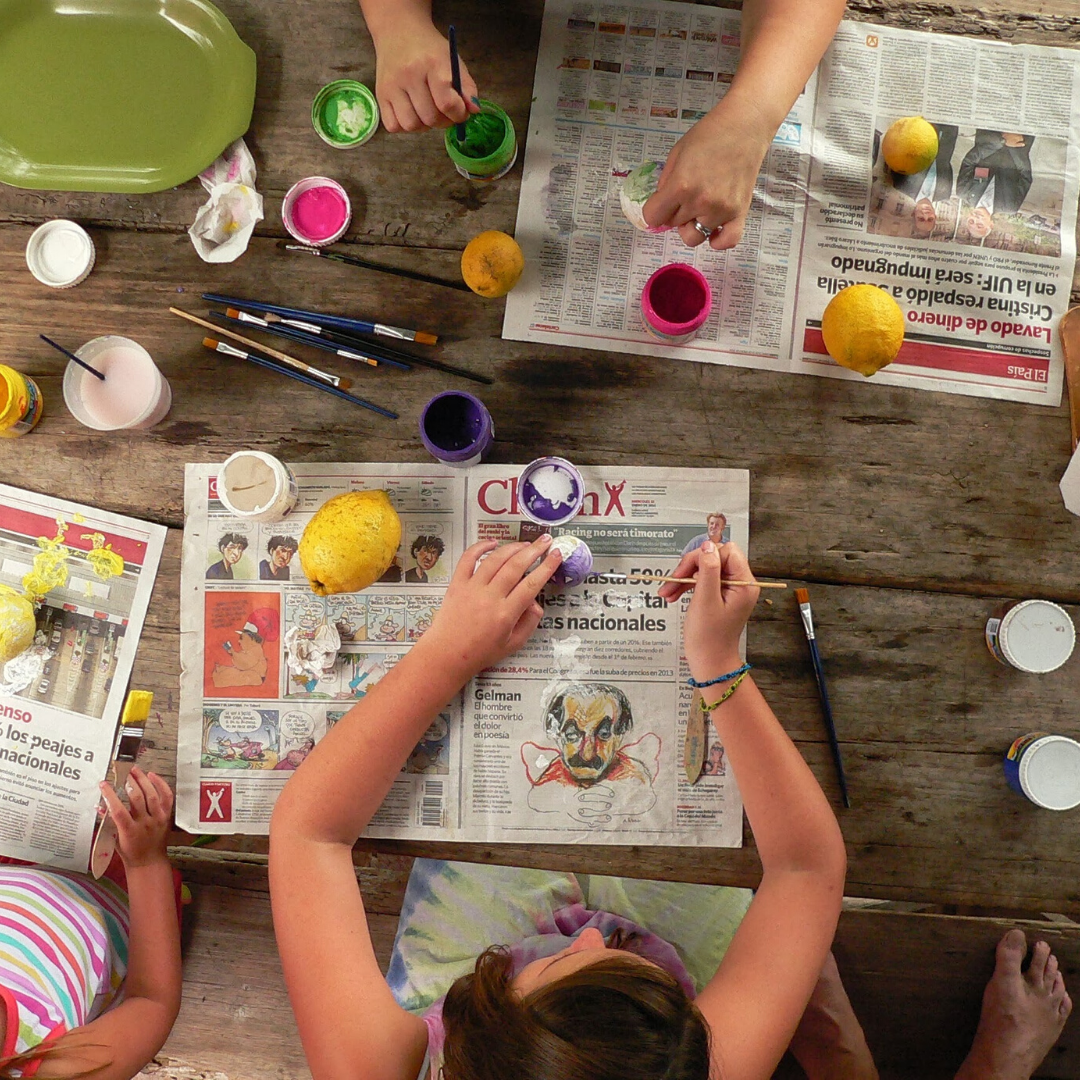
I get to express myself through art, and I also see what my peers are capable of.
Josefina
Thanks to our wonderful donors and friends like you, our children have the critical tools they need to heal from past trauma and neglect. Sometimes, those tools you provide come in unlikely forms.
At the Mercy Home Craft Cottage for example, our kids have the chance to heal through art. Whether learning about different art forms, or trying their hand at making their own artistic creations, exploring their creativity allows our kids to express their feelings in ways they can’t do in words.
We sat down with Craft Cottage coordinator Nikki Sullivan to talk about why art therapy is uniquely helpful for our kids, and to learn about some great projects you can do at home. Check out the full interview below!
I can go above and beyond with [my creations] because they’re mine.
Tamara
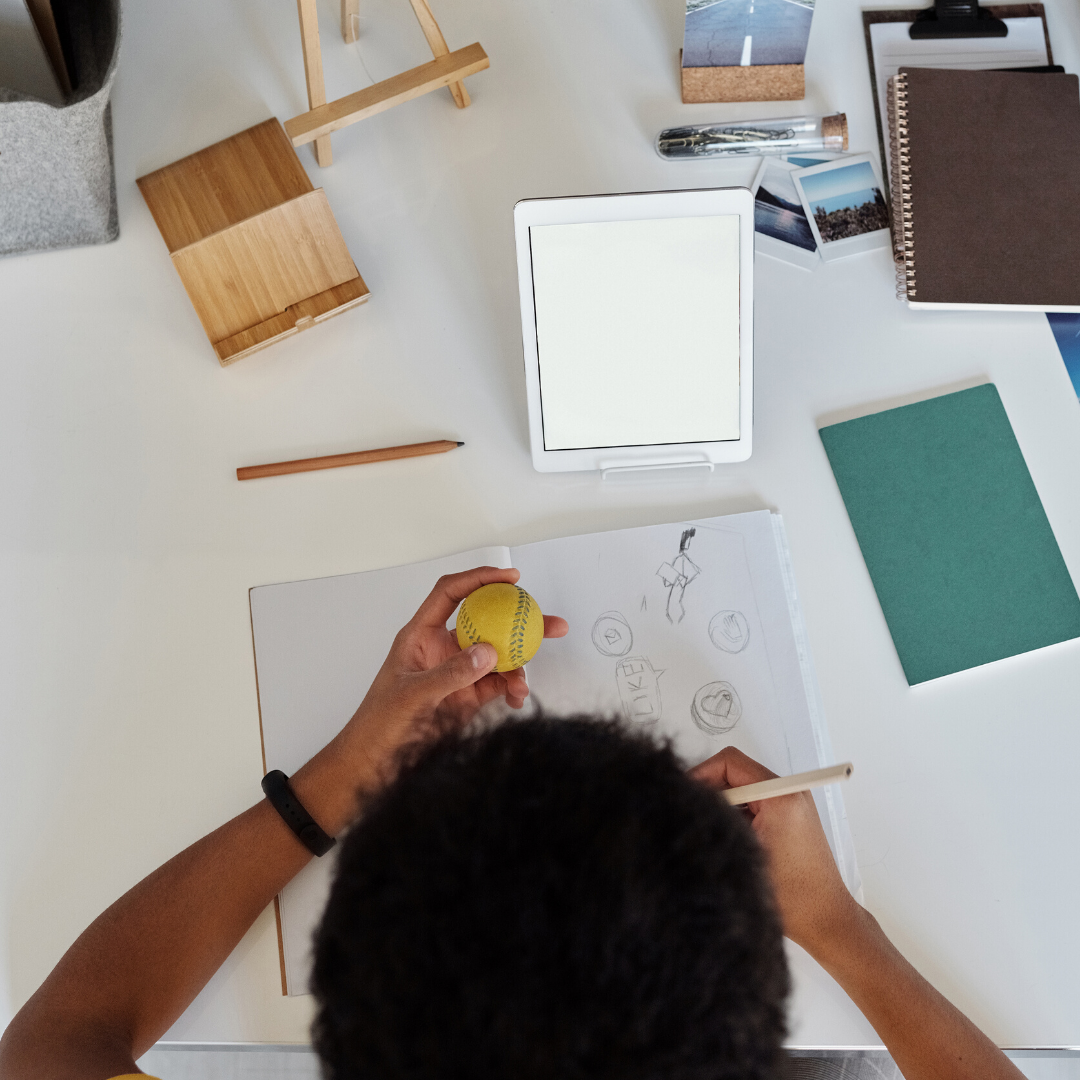
First, I think it is important to note that while certain art therapy projects or tasks may assist in working through past traumas, I would hesitate to use the word “overcome” in that these traumas are always a part of our youths’ biographies and narratives. The real focus is thus on how one learns to cope and manage the residual effects of said trauma. That is, is past trauma a part of one’s story or controlling one’s story? This is the sensitive ground that art therapy tackles, working to help those with past trauma to navigate their stories and reconcile these moments in the hopes of moving forward successfully. Granted, this is just my ideological standpoint and others may differ in opinion, this is nonetheless the perspective from which I operate.
With that said, one particular project that I believe helped one of our girls work through her struggles with identity and sexuality involved a poetry book binding activity. This particular youth is quite gifted in regards to her ability to compose sentences that convey meaning, feeling, and visuality through written word. Her use of metaphor is not only descript and original, but it also shows a sign of high order thinking and processing. Given her penchant for this art form, we decided that a poetry project would most benefit her. Poetry is also a safe form for her in that the writing is for her, to be seen only by her, and to be housed in the safe confines of the spiral bound blank pages that lie waiting for her and her pen.
As private as she is, this project became more meaningful for her in that, as the weeks went by, she also found a way to express herself off the pages and began to audibly articulate her perspective with the support of her poems in-hand. She displayed a level of trust in me when she asked if I would be willing to read her work—an act of courage and incredible vulnerability that I of course welcomed. From this point, her work became a quiet dialogue between the two of us whereby she wrote her various poems, passed me the notebook, I read them, we worked through them through a now active dialogue, and then she continued to write.
This book is ongoing and we are now in the stages where she is adding illustrations to her work, and we are hoping to transfer her poems to a larger medium where she will learn about typography, as well as book binding and construction. This work has therefore extended beyond poetry to become an organic source for her to capture her identity struggles and to work through them. Through this project, this particular youth has also developed her social skills and her ability to articulate vocally how she is feeling and has found strength in her words; she has found a voice that was once restricted to paper and trapped by the college-ruled lines.
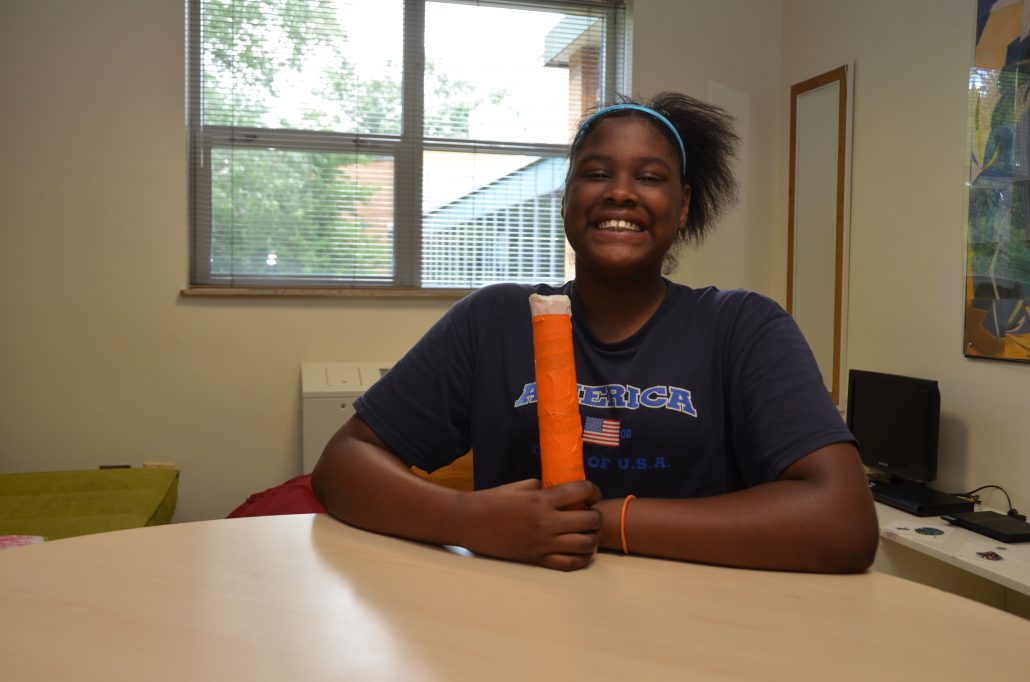
Art helps you pursue a dream that you might have. Mine is to be a music producer.
My favorite thing to draw or paint would be hearts.
Asia
I think the types of projects that help our girls to express themselves through art vary according to the particular youth and her idiosyncrasies, preferences, and interests. I think any project that allows the girls to relate to the work and to find them meaningful will ultimately provide a springboard for expression and trauma navigation and integration. Similarly, any medium has the same potential. Currently, our girls are enamored with the physical and expressive properties of paint and find painting as an escape from overwhelming thought; painting appears to be liberating for many of our youth.
Pop culture and movement –based projects are also currently resonating heavily with many of our youth. As of right now, one program is actually working on re-writing the lyrics to a popular rap song and infusing the song with more positive messages, as well as tailoring the words to capture their daily lives here at Mercy. Their ability to parody and re-frame this work also displays higher-order thinking.
It showcases their awareness of the impact of program structure juxtaposed against a life outside of Mercy Home walls that is sometimes riddled with challenges, insecurities, and instability. This project also allows the girls to work together and discover the power of collaborative art. In this way, the work allows the girls to not only come together to produce a singular project backed by their combined efforts, but also presents each one of them with an opportunity to bring forth and showcase their own strengths.
Pooling their strengths together thus emphasizes that they are a team in this thing called art and more so in this thing called life. It is for this reason that I think group art projects of any kind are exceptionally helpful in allowing our youth to not just express themselves individually, but to develop a sense of agency, self-efficacy, and self-worth. These projects allow the girls to act as supports for one another and through these supports, the hope is that they find resources and the space for safe expression and acceptance.
My graduation hat I made topped everything.
Erykah
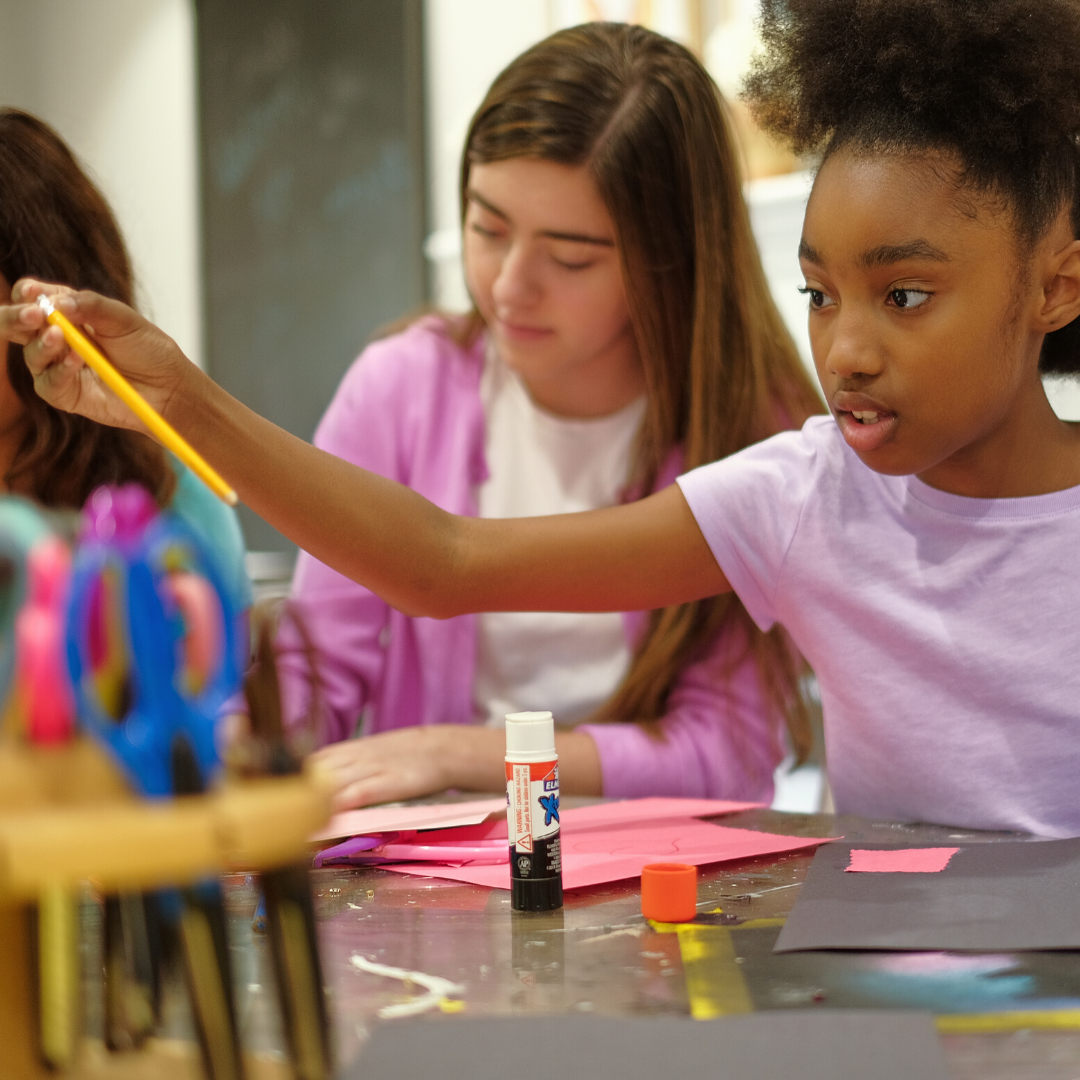
I don’t think these projects are about helping them to become more comfortable with artistic expression as much as they are about simply helping them to become comfortable with themselves. The projects we do are not readily embraced by all, and the level of engagement varies across the board. However, if even one girl finds comfort and hope in the details of one artistic/expressive project, then that is enough. We’ve done everything from creating makeup holders and jewelry holders to helping the girls get organized and to feel more calm by way of an orderly room; to helping them develop self-regulation skills through the creation and use of silly putty; to the development of compassion and empathy through community outreach projects that involved making Valentine’s Day cards for underserved youth at a YMCA to birthday cards for a young woman with Autism whose birthday was ruined when none of her classmates attended her birthday party.
Other girls have undertaken more personal projects such as the poetry book mentioned above, to murals that two of our girls created in response to Autism Awareness month (one of our girl’s brother is autistic, so she wanted to shed light on the challenges associated with autism and how these individuals have as much worth as any other individual). Still others have created collages that highlight their interests in various subjects and have then put these in their bedrooms as a way to add personality and individuality to their space.
It therefore seems that the projects do not necessarily matter as much as the outcomes—the outcomes being not necessarily physical, tangible objects, but outcomes such as the various dialogues that take place between peers and staff, resulting feelings of pride in one’s work and efforts, or possibly the introduction of new perspectives that come through the active process of art making. The latter is particularly important, for as our girls have worked on activities in the Craft Cottage over these past months, many thoughtful and intellectual conversations have come about while making seemingly “mindless” art. While some see arts and crafts as a mindless behavior at times, I would argue that art is always mindful and provoking. Our girls have tackled race relations, conversations about racial and sexual identity, political happenings in our community and at-large, mental health concerns, eating disorders, and family dynamics just to name a few.
From this view, I would argue that we are therefore using art not so much as a way to help the girls become comfortable with artistic expression but using art as an alternative platform to help them express themselves in unique ways. Art provides expressive capabilities beyond the typical conversing dimension that many think of when speaking about therapy. Art allows individuals and our girls to talk back to stereotypes, judgements, insecurities, challenges, etc through written word, painting, drawing, sculpting, dancing, coloring, building, and other visual forms. Art gives our girls a voice without having to say a single word.
The challenge then is helping our girls to feel comfortable with the visuality and permanence of this expression; whereas spoken word is sometimes fleeting and intangible, art leaves a visual mark and calls for viewership. This is something that some of our girls find frightening while others find strength in. But this is also the beauty of art in that the art can speak, and it can speak in different ways. The artist (or our girls) may choose to leave the work but the work is always there ready to speak or ready to be heard. The girls’ art thus provides the same. For instance, the clothespin wreaths the girls made for their bedrooms may simply hang on their doors and become overlooked objects in the coming and going days as the girls enter and exit their rooms in routine fashion, but one day their thought might be re-focused onto these objects, and with that re-focusing, a flood of feelings and memories surrounding that artistic process may emerge as well. And with that, their work becomes alive again, those memories become alive again and a voice is re-ignited and new opportunities to locate strength through those moments are born.
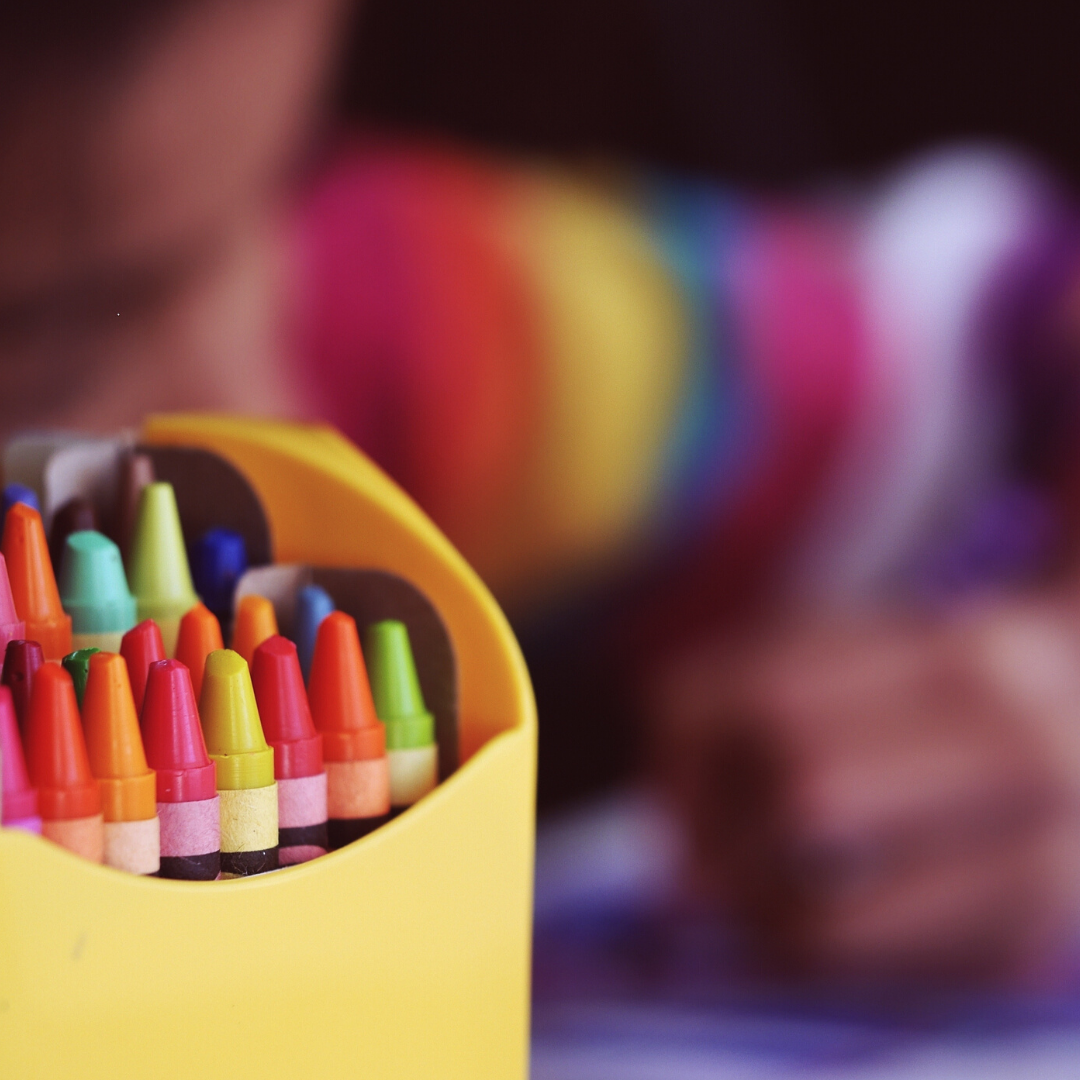
Every time I see my favorite color, it just makes me happy.
Natalie
I think any self-portrait project that asks youth to envision themselves in five years, ten years, etc. and to capture the attributes they aspire to have is always a positive activity. Yes, this might seem like a cliché activity, but there is definitely a value there. When we set goals and articulate them in tangible ways, whether that be through writing a goal list or painting a visual image, these aspirations seem more attainable and more realizable.
Activities like this also give youth a space to re-write/re-“draw” their own narratives. It is for this reason that any storybook/picture book activity might also prove useful. I also am a fan of “directive” activities. For instance, rather than telling the girls exactly how to do a project with clear parameters and instructions, I provide them with guidelines and limited instructions that allow for more artistic liberties. I do this so that all projects come out unique and not carbon, assembly-line copies. This also allows for each youth to infuse their own personalities into the work and tests their abilities to re-think materials, re-frame projects, and problem solve with limited directions (a skill that is hopefully transferable to other current and future areas of life).
Also, as mentioned above, anytime you can incorporate elements of their popular visual culture into their work, I think the projects become instantly more meaningful and engaging and thus the potential for therapeutic outcomes becomes more likely. Making memes, vines, re-working music videos, making gifs are all potential areas for popular visual culture and art therapy to intersect. While this may not be an exact answer that specifically spells out art therapy crafting ideas, this hopefully provides a start for at least a solid brainstorming session.
In this episode of Crafting for a Cause, the Mercy Home crafters will show you how to make beautiful origami...
April 7, 2021
In this episode of Crafting for a Cause, the Mercy Home crafters will show you how to make two key...
August 16, 2019
In this episode of Crafting for a Cause, the Mercy Home crafters will show you how to make beautiful paper...
May 8, 2019
Comments